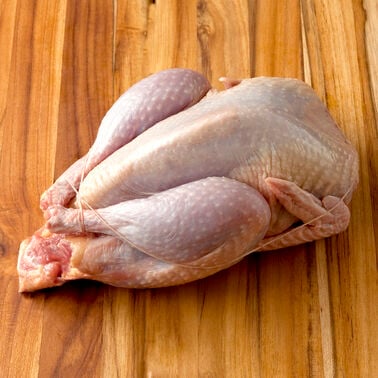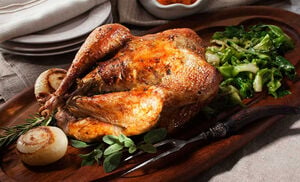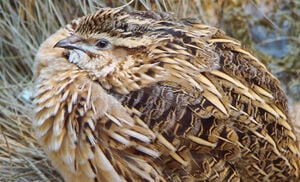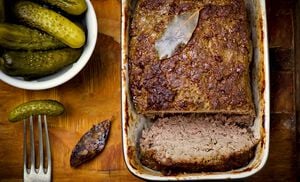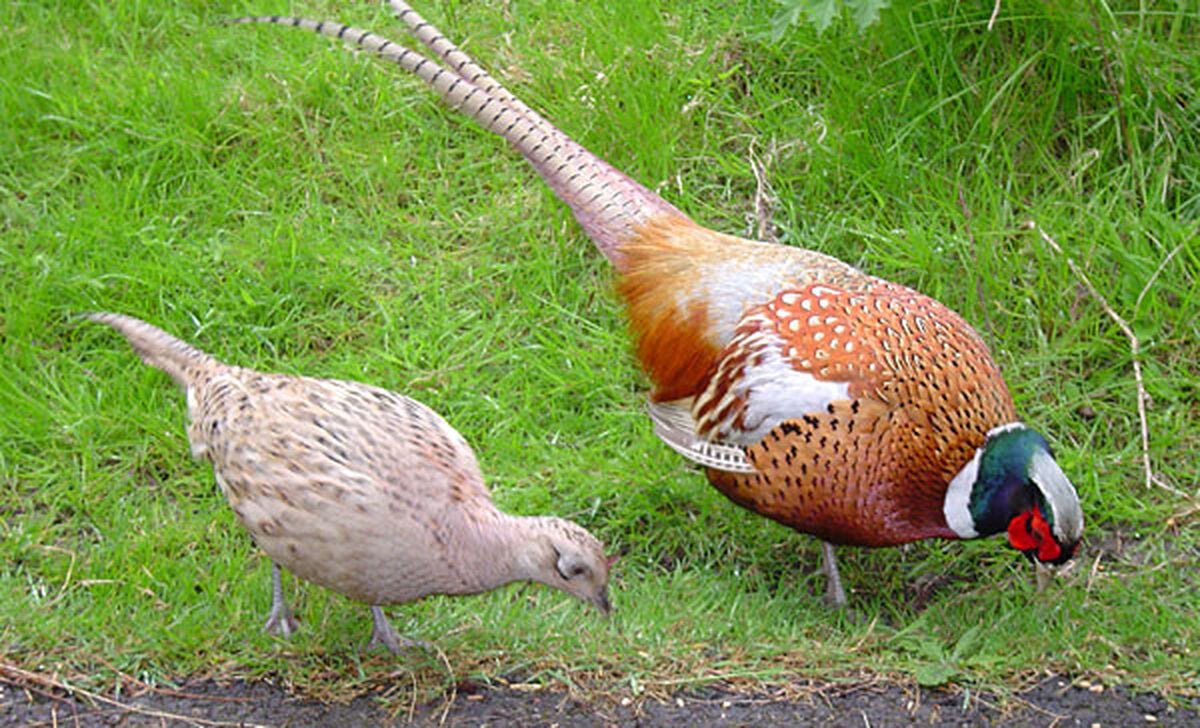
Farm-Raised Pheasant
Ring-necked pheasants are commonly found in Europe and the United States. Their meat has a distinctive taste and better texture than commercially raised Milan white pheasants. Ring-necked pheasants are harder and more expensive to raise, but they are the preferred breed at D’Artagnan, for their superior flavor. Our small farms raise the pheasants in free-flight, outdoor conditions, in netted fields, and feed them a whole grain diet.
From the end of September to mid-April, D’Artagnan offers farm-raised, free-range male pheasants that average 3 to 3½ pounds. Like the wild Scottish male pheasant’s, their legs have many tendons and can be tough, needing longer, slower cooking. Therefore, the breast is often removed and cooked separately. When preparing the legs, make a cut at the joint between drumstick and thigh, so the tendons don’t pull the meat up as they cook.
Farm raised hens of about 2 ½ to 3 pounds are also available seasonally. As with wild birds, the domesticated hens are more tender than the cocks; they’re also slightly plumper. Serve a half bird per person.
The Debate on Faisander
To faisander, or not to faisander, (meaning “to hang”), is the question. A lesser-known controversy if ever there was one, but no less hotly debated for its obscurity. Once you make that choice to hang, there follows another question: For how long? Influential food writers and gastronomes have long debated the subject. In 18th century France, Grimod de la Reynière advocated that a bird shot on Ash Wednesday should hang until Easter before cooking. Jean Anthelme Brillat-Savarin more judiciously suggested pheasants were best just as decomposition began and the aroma of the bird’s oil smelled slightly fermented.
Wait, hanging birds? Decomposition? Shouldn’t meat be eaten in as fresh a state as possible? In European hunting tradition game birds, especially pheasants, were hung whole, in cool temperatures for a few days before being plucked and sent to the kitchen. This process ages the meat, mellows it, and many maintain it’s the only way to eat wild game.
But this preference for hanging birds didn’t cross the Atlantic. In Eliza Leslie’s Directions for Cookery in Its Various Branches (1848 ed.), the American food writer observed that “it is not the custom in America, as in some parts of Europe, to keep game till it begins to taint; all food when inclining to decomposition being regarded with disgust.” Today the custom is dying out even in Parisian haute cuisine restaurants. Though a ripple of interest has passed through a new breed of American hunters, lead by food writer/hunter like Hank Shaw, in recent years.
Cooking
Pheasant meat has a reputation for being tough or dry. The ways to avoid this are to bard the breast with unsmoked bacon, ventrèche, or pancetta before cooking, or to slip some duck fat between the breast meat and the skin. Cook the bird slowly in moist heat, or quickly sauté the breasts. Don’t overcook; the meat should still be slightly pink. Another suggestion: roast pheasant with the breast down, or on its side, so the juices keep the breast from drying out. Game birds are very lean and cannot stand overcooking.
